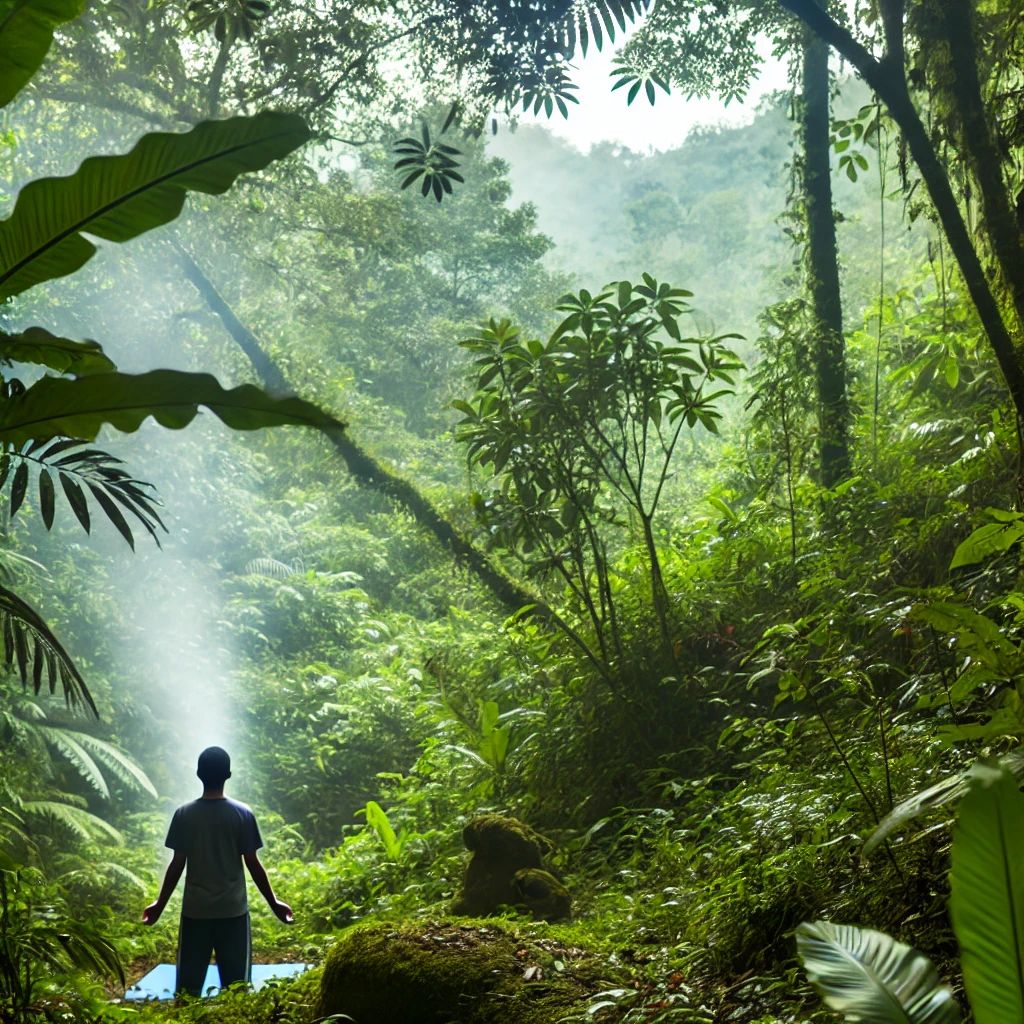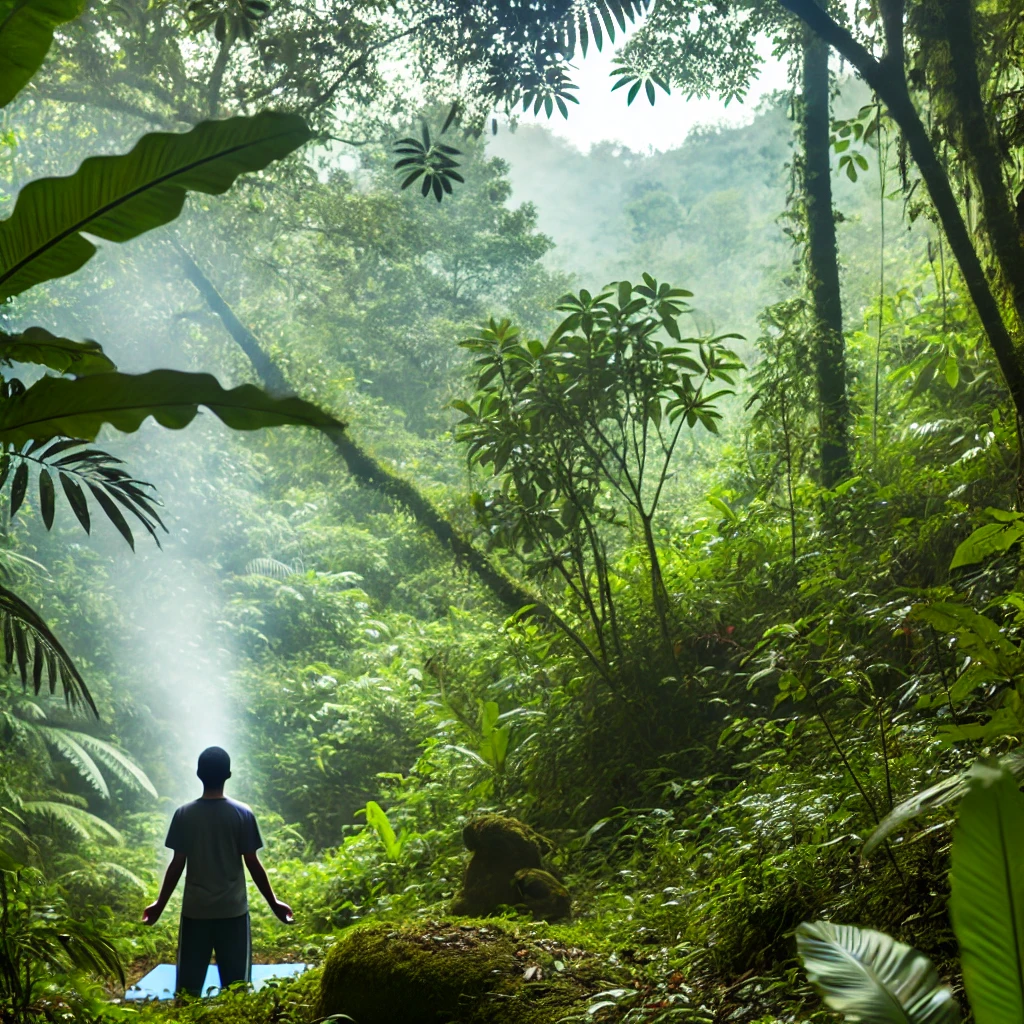Across the world, ancient breathing practices have been used for centuries to enhance health, energy, and vitality. From yogic pranayama techniques to the breathing rituals of ancient civilizations, breath control has long been seen as a vital tool for maintaining balance and well-being. But what happens when these breathing techniques are combined with specific environmental conditions, such as the humid tropical rainforests or peatlands? These regions are known for their high humidity and rich natural atmosphere, which can significantly enhance the effects of breathing techniques, strengthening respiratory health and boosting overall vitality.

Ancient Breathing Techniques – Why Are They Important?
Breathing techniques, particularly those from ancient cultures like India, Tibet, and China, are designed to improve respiratory health, regulate oxygen levels in the body, and support the nervous system. Examples include pranayama (controlled breathing) from yoga, which is used to cleanse the body’s energy channels and improve concentration, and Tibetan deep breathing techniques, used to cope with low oxygen levels at high altitudes. Practicing these techniques enhances lung capacity, improves oxygenation, and strengthens the entire respiratory system.
Humid Regions – Natural Catalysts for Healthy Breathing
Humid tropical regions and peatlands offer a unique atmosphere rich in moisture and clean air, further enhanced by phytoncides – natural compounds released by plants with antibacterial and antiviral properties. The humidity in these regions keeps the respiratory system hydrated, preventing dryness of the airways and increasing the body’s ability to absorb oxygen. Practicing ancient breathing techniques in such conditions amplifies their effects, allowing for better oxygenation of the blood and regeneration of tissues.
Impact on Respiratory Health
Spending time in humid environments while practicing breathing techniques helps deeply cleanse the lungs. The clean air and high humidity help the lungs expel accumulated mucus and toxins, reducing inflammation and improving breathing capacity. These techniques, combined with regular exposure to the natural air of these regions, lower the risk of respiratory illnesses such as asthma and bronchitis and enhance lung efficiency during physical activities.
Boosting Vitality and Energy Levels
By improving oxygen absorption and cleansing the lungs, practicing breathing techniques in humid regions increases the body’s overall vitality. This means more energy, greater endurance, and better cardiovascular function. Additionally, the humidity and contact with nature have a positive effect on mental health, leading to improved concentration, calmness, and stress management.
Applying These Principles in Everyday Life
While not everyone has access to tropical or peatland regions, the effects of these breathing techniques can be simulated at home by using humidifiers or spending time in areas with high humidity. Furthermore, regular practice of ancient breathing techniques can improve respiratory functions even without natural catalysts. Combining these techniques with regular nature walks or meditation in humid areas can support respiratory and overall health in the long term.

Combining ancient breathing techniques with time spent in humid environments offers a unique approach to enhancing respiratory health and overall vitality. The moisture-rich air, along with the clean and oxygenated atmosphere of these regions, amplifies the effectiveness of breathing techniques, leading to healthier lungs, higher energy levels, and improved immunity. Exploring these ancient and natural methods provides new pathways to maintaining health and vitality in modern life.
Looking for more tips on building healthy habits? Head over to our Healthy Habits page. For even more insightful topics, make sure to explore our Health Journal.
